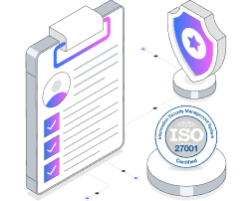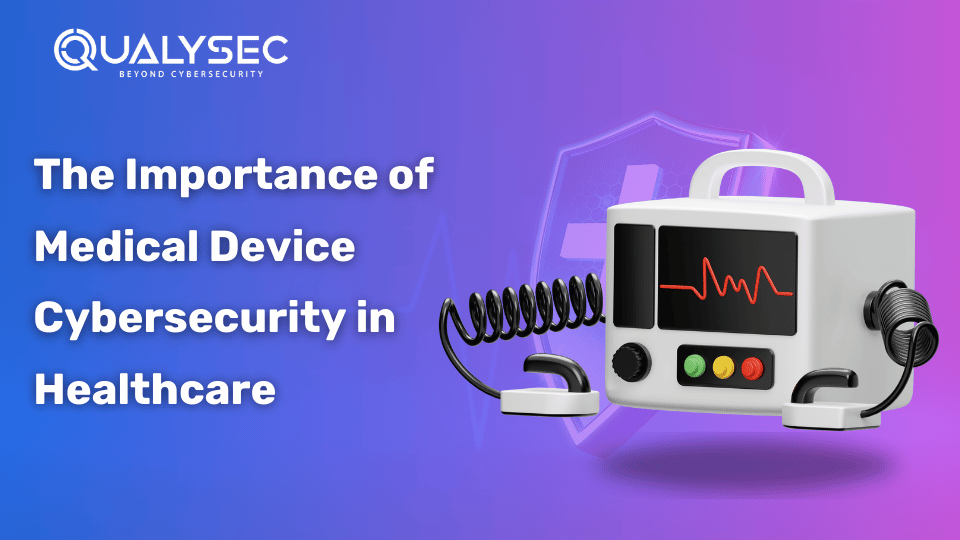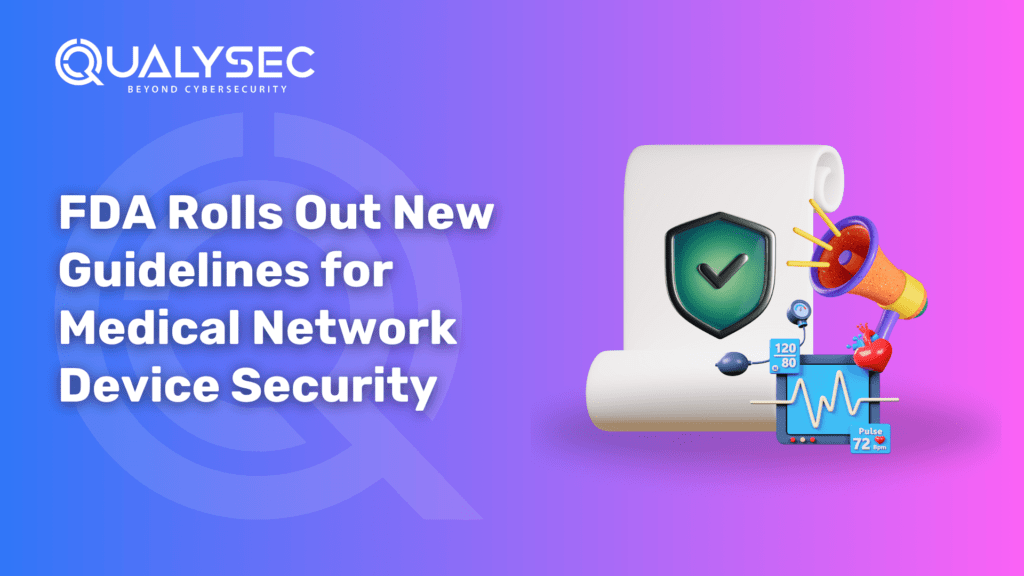The Importance of Medical Device Cybersecurity in Healthcare
The world is more digital than ever, with technology at the core of everything, and the healthcare field is a perfect representation of growth. The development of electronic health records, telemedicine, and interconnected medical devices has been the result of the tremendous technological explosion in the area of providing quality care and patient management. Although technology is changing rapidly, a significant danger is also present in medical device cybersecurity. With the addition of e-commerce companies that are using linked systems and digital platforms as the base for their operations, the issue of medical device cybersecurity becomes relevant and urgent. Not only do cybersecurity breaches expose patient data, but they also pose several other issues, including patient trust and the efficacy of medical devices. Consequently, building robust cybersecurity methods is pivotal to preserving patients’ privacy and ultimately to building patients’ trust and improving the quality of healthcare systems. The report from HIPAA Journal that 24 data breaches of 10,000 or more healthcare records were reported in January 2024.The blog post will also explore the critical role of cybersecurity in preserving patient privacy, and data integrity and maintaining the quality of medical services. It emphasizes the ransomware threats and the uncertainties of IoT. Furthermore, the necessity of medical device protection measures. What is Cybersecurity in Healthcare? Cybersecurity in healthcare comprises several measures to defend medical information and systems against unauthorized use or damage. Security of patient health information includes data encryption, safe storage of records, and medical equipment from computer hackers, malware, and ransomware attacks. The main goal of healthcare cybersecurity is to protect healthcare data confidentiality, data integrity, and availability of healthcare services. This is important to keep patient privacy secure to maintain healthcare providers’ trust and secure the unobstructed provision of medical services. With resoluteness and a strong security mechanism, healthcare organizations can more readily defend against any digital risk. The Benefits of Cybersecurity in Healthcare and Medical Devices The security of patient information and medical data is the prime concern. As the healthcare system is being digitized and cyber threats are growing, the role of cybersecurity is a must for protecting the privacy of patients, data integrity, and in general, patient safety. Let us understand the importance of cybersecurity in medical devices in detail: Patient Privacy Healthcare institutions deal with patients’ confidential data, including their details, medical history, and billing details. Ensuring cybersecurity would ensure that only authorized persons have access to patient information; thus, it will incorporate patient privacy, medical practices, and compliance. Data Integrity Data integrity in medical information is of the utmost importance as it is necessary for correct diagnosis, treatment, and patient care. Measures for cybersecurity are aimed at ensuring that medical data is not tampered with and the records and test results remain accurate and reliable. Patient Safety Connected medical devices, such as pacemakers, insulin pumps, and infusion pumps, which are used majorly in health care, are subject to cyberattacks. Cybersecurity of the devices is guaranteed to avoid the possible risks to patient safety, including malfunction of the device or the manipulation. Continuity of Care Cyber-attacks could bring down healthcare systems, which can result in delayed or poor patient care. Cybersecurity measures that are resilient act as a protector against threats such as ransomware attacks and system failure, thus ensuring continuity of care. Intellectual Property Protection Healthcare providers spend considerable budgets on research and development to create new pharmaceuticals, treatments, and technologies. Cybersecurity security measures are designed to prevent intellectual property from any misuse, maintain a competitive edge, and spearhead innovation in the healthcare industry. Regulatory Compliance Companies operating in the Healthcare industry should observe compliance with industry-specific regulations like the Health Insurance Portability and Accountability Act (HIPAA) in the United States and, therefore, incorporate cybersecurity measures to ensure the protection of patient data. Adhering to the regulations is necessary to avoid lawful penalties and maintain the trust of patients and stakeholders. Reputation Management Data breaches and cyber incidents may ruin the reputation of healthcare entities and makers of medical equipment. Stepping up with strong cybersecurity defenses portrays the zeal to protect patient privacy and safety to build trust among patients, partners, and the entire community. Healthcare Industry: Major Cyber Threats The healthcare industry is more inclined to adopt technology to ensure that the patients they are serving get the best care possible. Nevertheless, we find ourselves in a position where technology is so entrenched in the healthcare system that it can be vulnerable to cyber-attacks that could compromise patient data, disrupt healthcare operations, and even place lives at risk. Some of the major cyber threats that the healthcare industry is facing are: Ransomware Attacks Ransomware is a big problem for healthcare institutions because cyber criminals spy on hospitals and medical centers, encrypt their patient data, and then demand its release. Such cyberattacks disrupt patient care delivery, violate patient privacy, and leave hospitals with mountains of financial losses. A Challenging Problem: Internet of Things (IoT) Vulnerabilities Medical devices with an internet connection, like pacemakers and infusion pumps, are becoming increasingly seen as sources of cyberattacks. Security flaws in IoT devices may open ways for hackers to illegally access the medical information of patients, switch on-device functions, or even harm patients. Data Phishing and Social Engineering Phishing, where criminals induce victims to disclose private information, is still considered one of the most common techniques that are used by hackers who want to penetrate healthcare organizations. Social engineering methods, e.g., misrepresentation of trusted associates or suppliers, help hackers gain unauthorized access to protected patient data and system credentials. Insider Threats The threat from the inside is one of the most important to healthcare organizations. Employees may occasionally or unintentionally misconduct their status use of patient data and system resources. Insider threats are brought about by financial gain, data breaches, data privacy violations, or events with the potential to cause major disruption. Supply Chain Vulnerabilities The high interdependence of the healthcare supply chain makes this system vulnerable to a cyberattack that can distort all medical devices and pharmaceutical products. Criminals can go through





